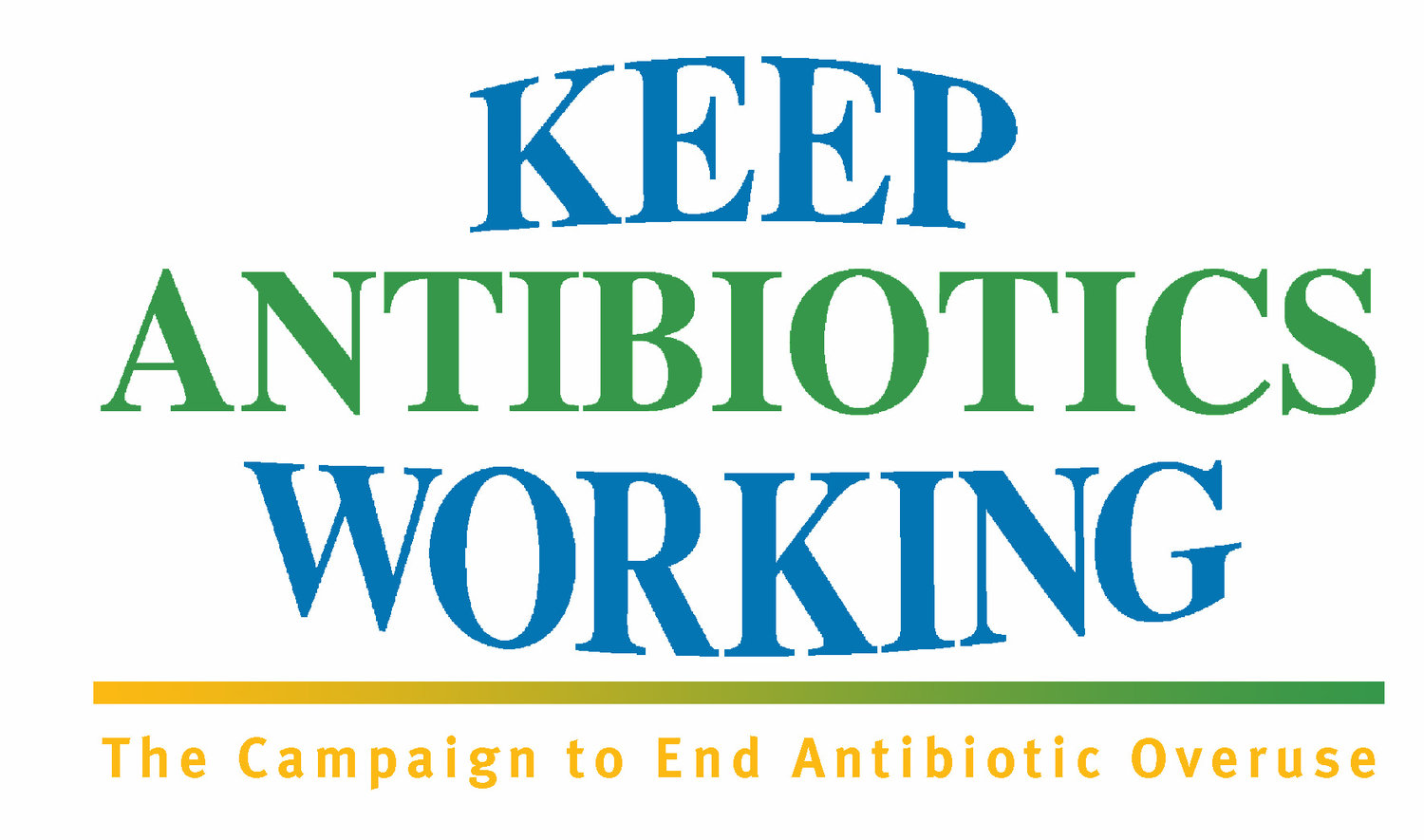STEVE ROACH, SAFE & HEALTHY FOOD PROGRAM DIRECTOR, FOOD ANIMAL CONCERNS TRUST
McDonald’s has been an industry leader among fast food chains on reducing the overuse of antibiotics in its meat supply, but now it seems the company is leading in the wrong direction. The company missed an internal deadline to set antibiotic use reduction targets for its global beef supply by 2020. Then last year, it stopped talking about reduction targets and switched to talking about “responsible use”. Finally, at the end of last year, McDonald’s made public what it is calling responsible use targets. It is not clear at all whether or not these targets are responsible.
For Food Animal Concerns Trust and Keep Antibiotics Working, responsible use means reducing the massive amount of antibiotics used to raise animals in the U.S. by providing food animals with healthier diets and living conditions. The only way the meat industry can reduce its contribution to the problem of antibiotic resistance is by reducing the amount of antibiotics it is using, since use is what leads to the problem of antibiotic resistance. When McDonald’s stopped talking about reducing use, we were worried. Now that it has released it’s “responsible use targets” that are no longer “reduction targets,” we are even more worried.
For the U.S., Australia, New Zealand, and Brazil, McDonald’s announced a target of 35 mg/kg for beef cattle and a higher target of 50 mg/kg for dairy cows slaughtered for its beef supply. These are milligrams of antibiotic per kilogram of beef or dairy cow slaughtered to make McDonald’s hamburgers and other beef offerings. McDonald’s buys a lot of beef that comes from dairy cows slaughtered after they have stopped giving milk and antibiotic use differs between the two cattle sectors so different targets make sense.
Is this actually a reduction in antibiotic use? We cannot tell because McDonald’s provides no information on how they chose these targets. Previously McDonald’s told members of Keep Antibiotics Working that they were going to base reduction targets on pilot studies of antibiotic use on feedlots that supply them beef, but now they are refusing to share that data. At the same time, there is very little public data on the actual amount of antibiotics used on dairy farms and beef feedlots in the US. The U.S. Food and Drug Administration (FDA) has talked about collecting this data on a national level for over twenty years, but have failed to actually do it. A few years ago, the FDA funded several studies looking at antibiotic use on both dairy and beef farms, providing some data on how much antibiotics are being used on the farms and feedlots participating in the studies. The FDA published these data in a report last summer. For beef (Table 4-8), they found that in 2017 the farms in the study administered 30 mg/kg (mg of antibiotic/kg of beef) with almost all of the antibiotics being administered in animal feed. For dairy (Table 4-10), they reported 8.25 g/year which for an average cow weight of 635 kg gives 13 mg/kg with none of the antibiotics administered in feed. So, compared to these farms and feedlots, McDonald’s is not seeking a reduction in use at all. 30 mg/kg versus 35 mg/kg for beef and 13 mg/kg versus 50 mg/kg for dairy.
The other thing that does not add up is McDonald’s setting a target for use in dairy which is higher than the target for beef when the data we have indicates dairy use less not more. I suspect the confusion is due to McDonald’s relying on experts from Europe where beef cattle don’t receive antibiotics in their feed, so dairy cows in Europe actually may receive more antibiotics than beef. There is also much better data on antibiotic use available from public sources in Europe.
Speaking of Europe, why does McDonald’s believe it is responsible to use much more antibiotics to produce beef in the U.S. (and Australia, New Zealand, and Brazil) than in Europe? On their face the European target values are lower 21.5 vs. 50 for dairy and 10 vs 35 for beef. However, that’s not the full picture. The EU targets are based on a different unit of measurement - mg/pcu a measurement of antibiotic consumption created by the European Union- not mg/kg. mg/pcu is based on a theoretical treatment weight which is lower than the slaughter or live animal weight used to calculate mg/kg. If you correct for the difference in animal weights between the two systems 425 kg in Europe vs 630 kg for dairy in the U.S. and 425 kg (EU) versus 612 kg (U.S.) for beef cattle the numbers look even worse. For U.S. dairy, 50mg/kg converts to 75 mg/pcu, which is more than three times as high as the EU target of 21.5mg/pcu. For U.S. beef, the 35mg/kg target converts to 50 mg/pcu, which is a whopping five times as high as McDonald’s target for responsible use in Europe. The Center for Science and Environment in India have raised the issue of a double standard between India and markets in wealthier countries, but those of us in the U.S. are also seeing a double standard here. There are real differences in production systems between the U.S. and Europe and my conversion of the mg/kg to mg/pcu is overly simplistic, however the comparison likely holds up.
It would be a big help if McDonald’s would share the data they used to come up with their numbers, but without that it really looks like their ‘responsible use targets’ are not responsible at all. To make matters worse, there is no timeline to reach the targets. That may be just as well since perhaps they have already met them.

